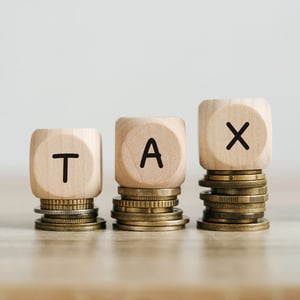Women in the U.S. workforce are better educated and enjoy more career opportunities compared with the past. As observed by the authors of a new report from the Transamerica Center for Retirement Studies, however, this progress has not translated into equality with men when it comes to common retirement preparedness metrics.
Simply put, women lag behind men when it comes to saving and planning for retirement, according to the 23rd annual Transamerica Retirement Survey. In addition to exploring the overall state of the retirement landscape in the United States and spotlighting racial disparities in economic outcomes, the report illustrates how women employed by for-profit companies are juggling competing priorities and financially preparing for the future.
For women, the results show, the persistency of the gender pay gap, limited access to employer benefits, and time out of the workforce for parenting and caregiving often translates to lower retirement savings and fewer government benefits.
According to the report, women who head households report a household income of $59,000 — substantially less than the $82,000 reported by men at the median. Similarly, 52% of women are employed or self-employed compared with 67% of men, meaning they have less access to payroll deferral savings that include features like automatic enrollment and employer-matching contributions.
These metrics, while still uneven, continue to slowly improve, the report finds, and there is reason to hope that recent legislative and regulatory changes may spur the provision of retirement benefits in the small-business sector and among part-time employees — two steps that experts say would help make the retirement system more equitable.
Additionally, the expanded Saver’s Credit from the Internal Revenue Service is expected to promote higher retirement savings among low- to moderate-income individuals saving in a 401(k) or similar plan or individual retirement account. According to the survey, fewer than 4 in 10 Americans who potentially meet the tax credit’s income eligibility requirements are aware of it.
See the accompanying slideshow for eight reasons why the retirement readiness gap between men and women remains large. Recognizing the disparities, the experts say, is an important step in closing the distance.























 Copyright © 2024 ALM Global, LLC. All Rights Reserved.
Copyright © 2024 ALM Global, LLC. All Rights Reserved.